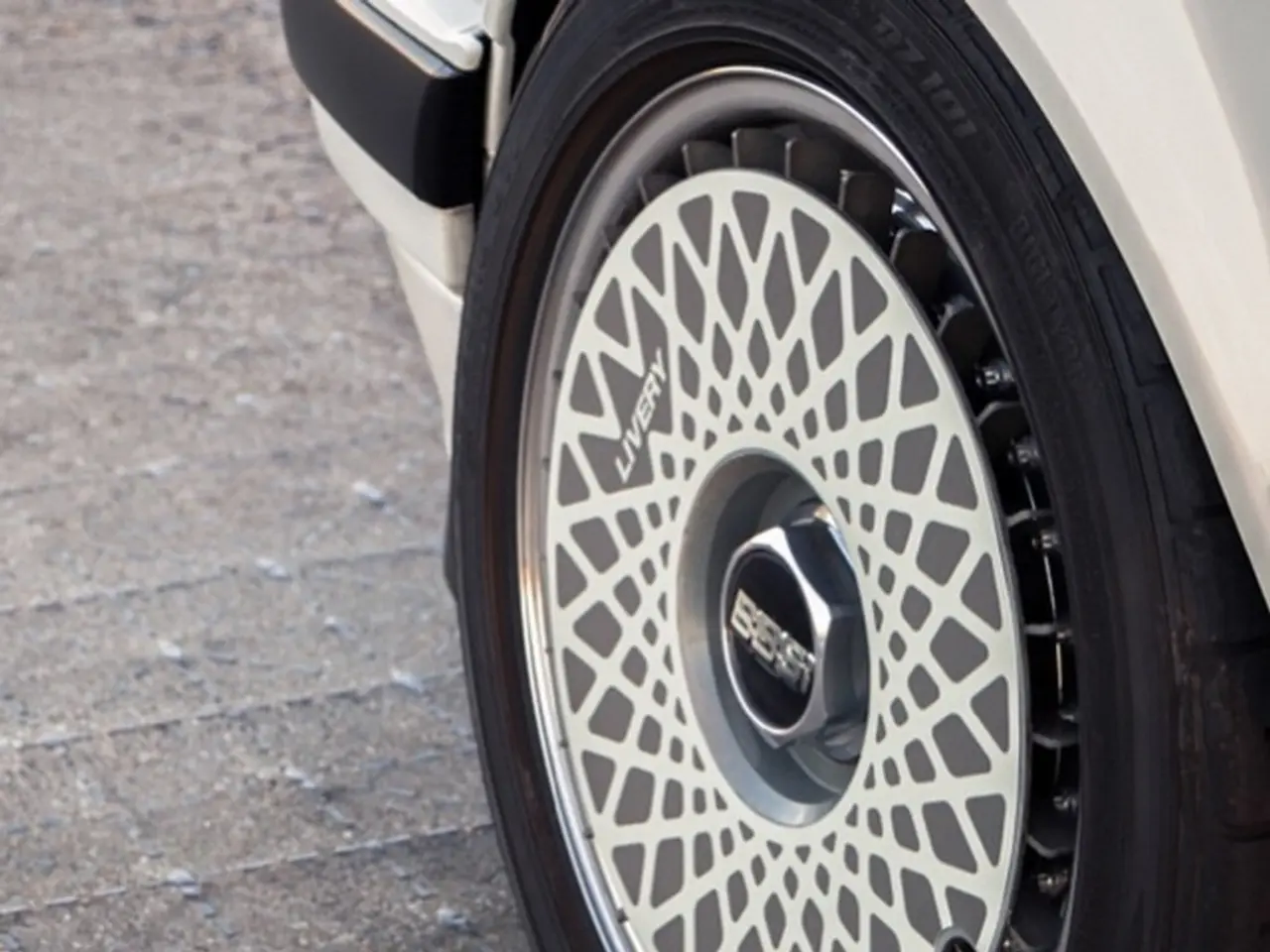Comprehensive Handbook on Tire Management and Upkeep
In the realm of vehicle maintenance, tyres play a pivotal role in ensuring handling, braking, fuel efficiency, and overall safety. Adhering to regular tyre maintenance practices can not only promote safety by improving grip and stopping distances but also enhance fuel efficiency and prolong tyre life, saving money and reducing the risk of breakdowns or accidents.
One of the fundamental aspects of tyre maintenance is checking tyre pressure monthly. Maintaining the correct tyre pressure, as specified on the vehicle’s doorjamb sticker (not the tyre sidewall), ensures optimal contact with the road. Proper inflation improves fuel efficiency, handling, and reduces uneven wear.
Regular visual inspections are equally important. Look for signs of damage such as cracks, bulges, tears, or embedded objects. Also watch for uneven tread wear, which could indicate alignment or balance issues.
Monitoring tread depth is essential for traction, especially in wet or icy conditions. When tread depth falls below 2/32 inches or when tread wear indicator bars become visible, tyres should be replaced. The penny test can help check tread depth.
Rotating tyres every 5,000 to 7,500 miles ensures even wear across all tyres, extending their lifespan and improving vehicle performance. The rotation pattern depends on the vehicle’s drive type.
Performing wheel alignment and balancing checks periodically prevents uneven tyre wear and improves handling, while balancing prevents vibrations and suspension strain. Both lead to enhanced fuel efficiency and longer tyre life.
Tyres over six years old should generally be replaced, regardless of tread condition, due to rubber degradation. Sidewall cracks, blisters, or bulges also signal the need for replacement to avoid failure.
Even if rarely used, ensure the spare tyre is properly inflated and in good condition, so it is reliable in emergencies. Space-saver spares are not made for long distances or high speeds.
Avoiding sudden stops and rapid accelerations can help reduce stress and wear on tyres. Frequent pressure loss is a sign of tyre deterioration.
Tread depth below 1.5mm is a sign for tyre replacement. Ignoring wheel alignment and balancing can lead to a car pulling to one side, a shaking steering wheel at certain speeds, or uneven tyre wear.
Storing tyres correctly is important for seasonal sets, especially if they are stored upright in a cool, dry place, away from direct sunlight and petroleum-based products.
Practicing good driving habits, such as smooth driving, anticipating traffic flow, and avoiding potholes or kerbs, can extend tyre life. Driving tyres older than 5-6 years should be replaced.
By following these practices, you're not only ensuring a safer journey but also contributing to a more fuel-efficient and cost-effective vehicle operation.
- Maintaining a car's lifestyle extends beyond vehicle maintenance; proper home-and-garden care can also impact fuel efficiency. Using energy-efficient appliances and insulating the home can reduce energy consumption, leading to savings on fuel expenses.
- In the pursuit of a greener lifestyle, electric vehicles (EVs) are becoming increasingly popular. Regardless of the type of vehicle, regular car-maintenance practices, such as tyre checks and timely battery pack maintenance for EVs, are essential to ensure optimal performance and longevity.




